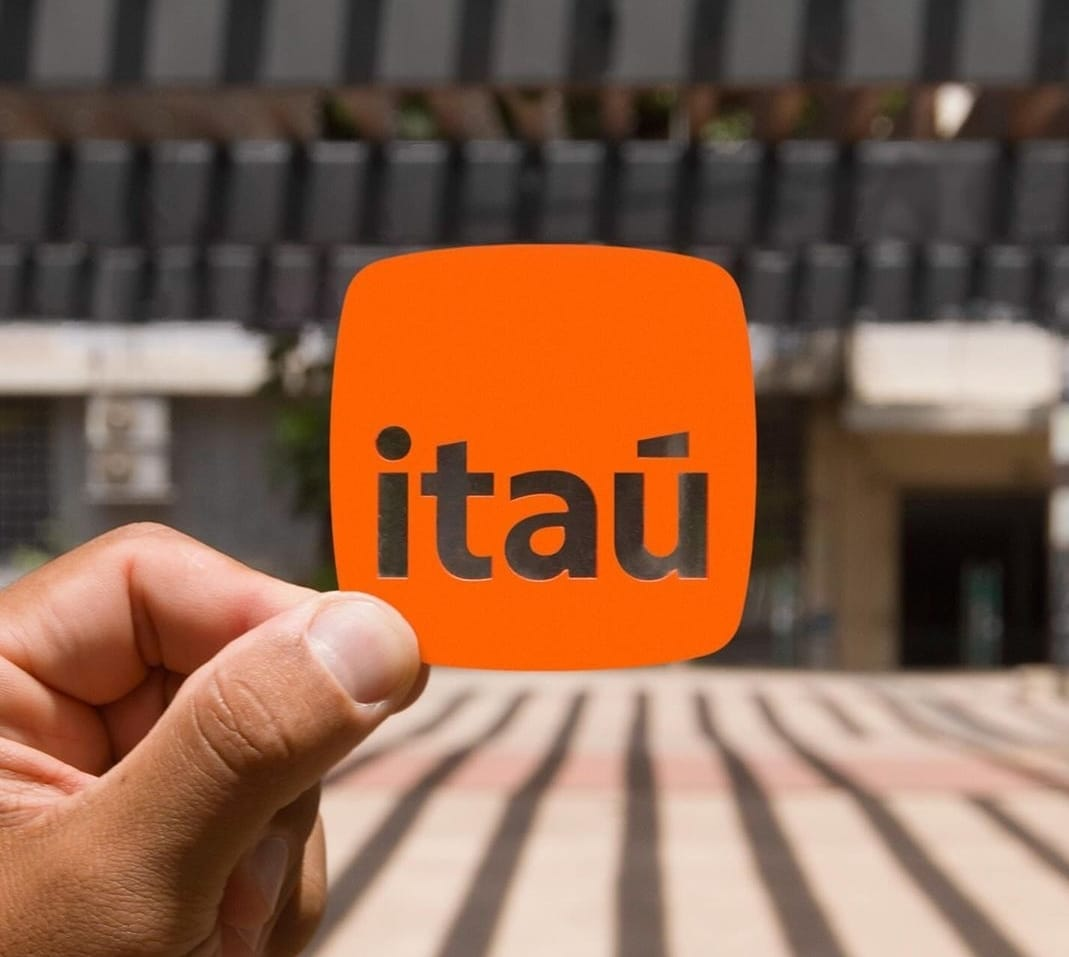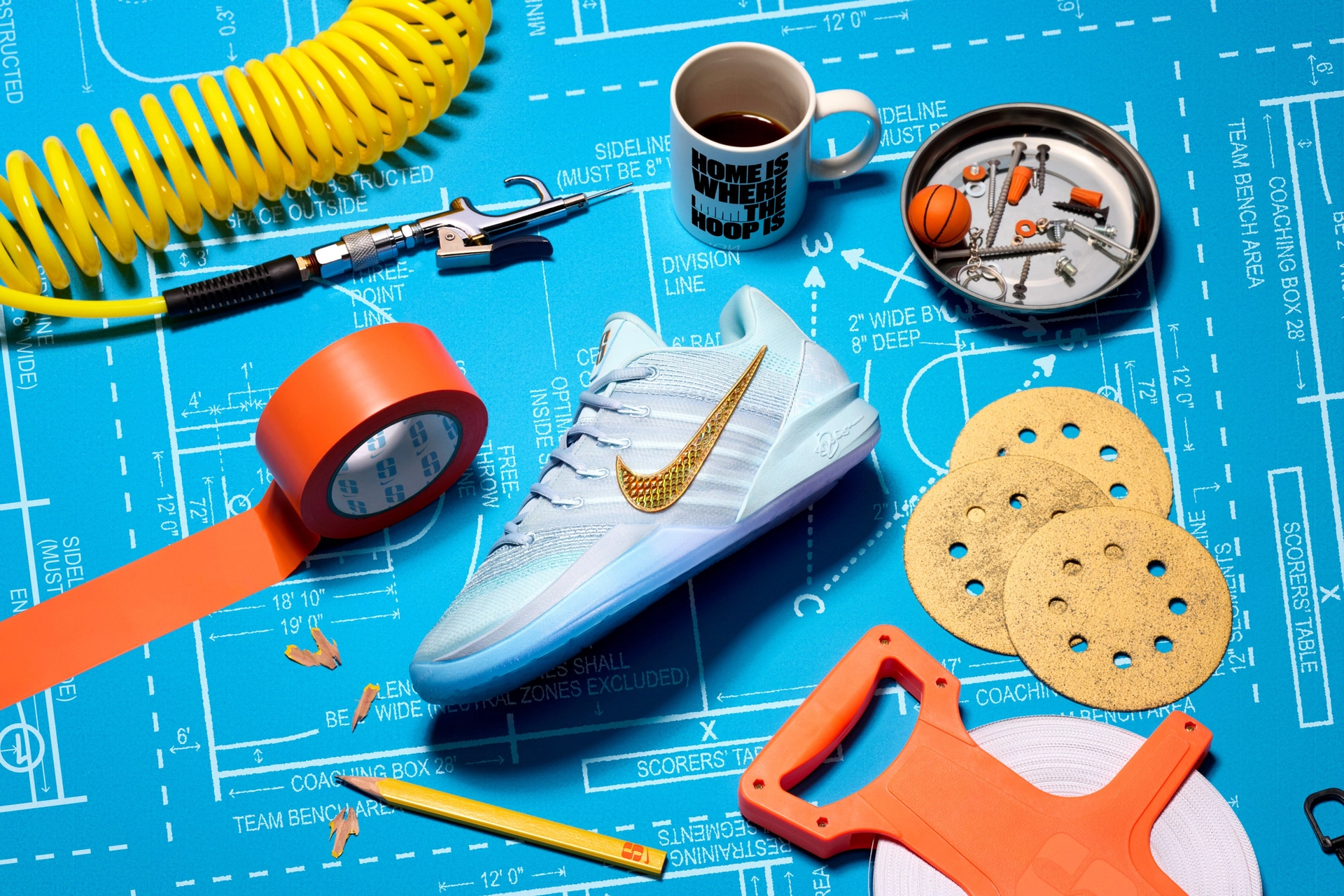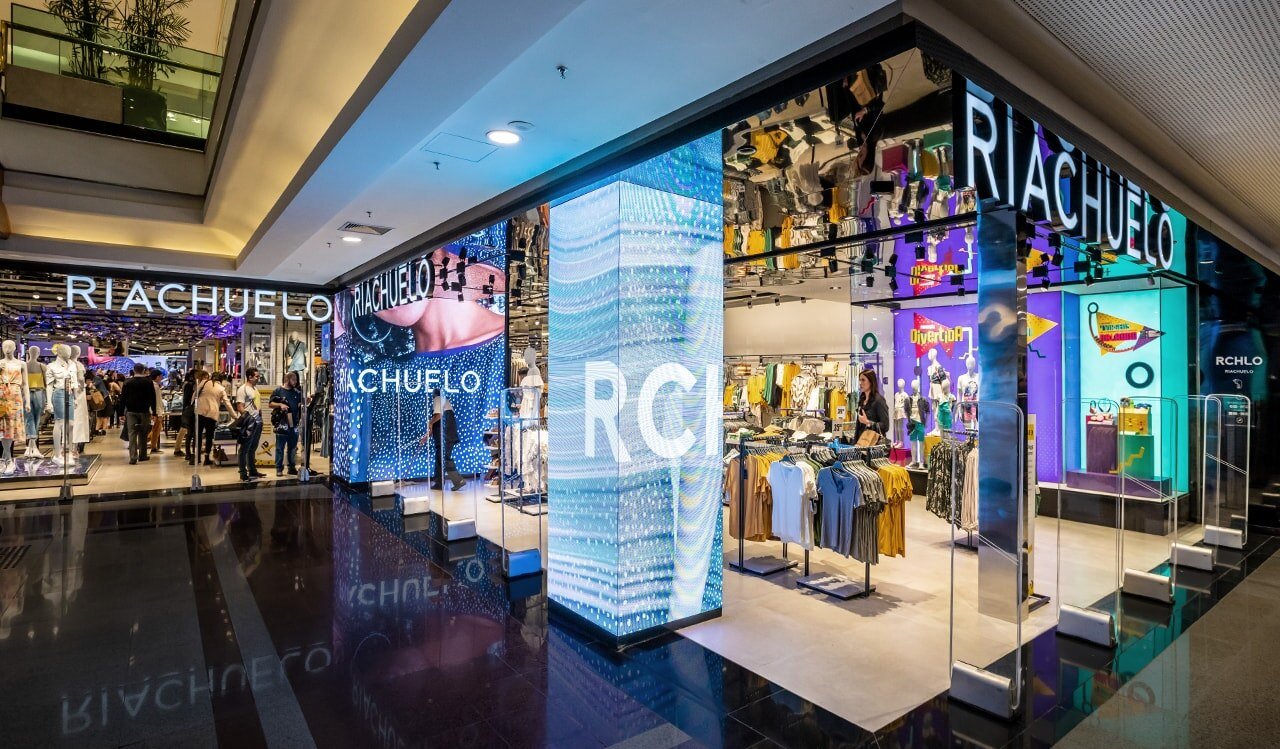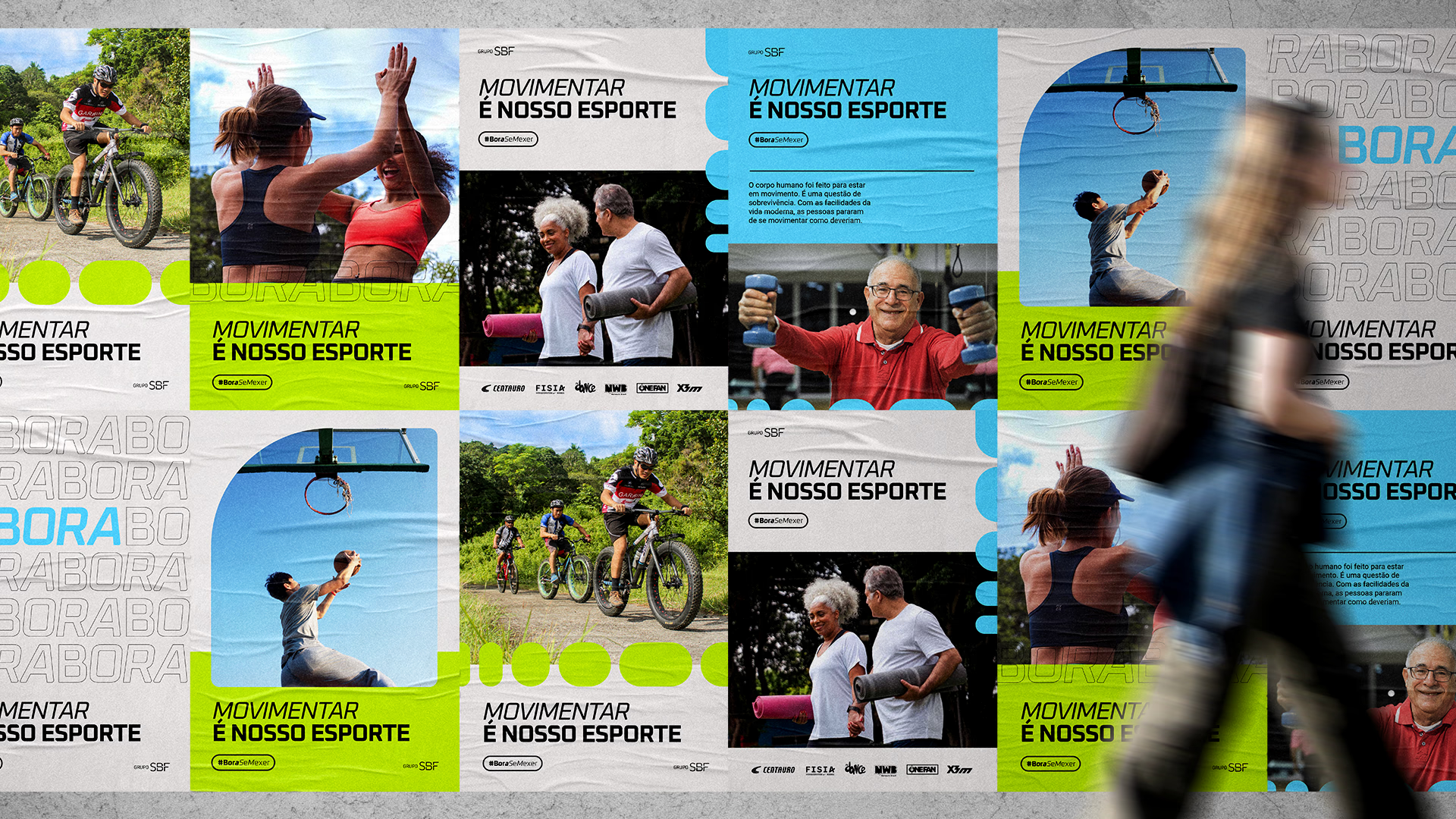
Itaú
Green Products Strategy
How to create a portfolio of solutions focused on green products that positively impact the place where people live and stimulate their power of transformation?
TL;DR
At Itaú, I helped turn a bold question into action: how can a bank create value for the planet, not just offset harm? By guiding 15 departments through co-creation and agile sprints, we chose energy as the focus and built a green portfolio that resonated with the market. The journey delivered 16 opportunities, 10 live today, with strong demand, media recognition, and lasting business impact.
Context
I led a strategic project with Itaú’s Sustainability and Socio-environmental Risk teams to define the bank’s direction in green products. Backed by research from Gartner and BOX1824, the challenge was to identify the most relevant environmental theme and build a portfolio of services aligned with Itaú’s institutional strategy.
company sustainability strategies through time - BOX1824
Problem
Sustainability had become a pressing business responsibility: beyond offsetting environmental debt, companies were expected to generate positive credits. Itaú needed clarity on where to focus. We had across six possible themes (mobility, agriculture, water, energy, waste reduction, carbon market) to build scalable, market-ready solutions.
MY ROLE
My role as UXer was to define a direction for the best environmental theme based on diagnosing trends, previous research, and facilitating relevant activities.
My second role was to build a framework with the 15 business departments involved using relevant tools and effective techniques that stimulate the co-creation of a potential portfolio within 30 days.
I used design thinking as a guide and the premises of agile culture as inspiration.
In three months, we had the chosen environmental theme with a portfolio based on some potential targets.
The performance as UX strategy and scrum master of a temporary squad of products focused on energy generated 16 new business opportunities. Of these 16, 10 are activated, with good repercussions in the media when communicated and great target demand.
Challenge
How to create a portfolio focused on green products that positively impact the place where people live and stimulate their power of transformation?
Premises:
- identify unexplored demand
- consider corporate and retail banking products
HOW WE DID IT
My mission was twofold: guide the organization in choosing the most relevant theme and enable 15 business areas to co-create a tangible green products portfolio within 30 days.
I designed and facilitated large-scale workshops with 40 experts, supported by sustainability facilitators.
3 behaviors dictated the first definitions:
- new climate level, increasingly critical worldwide
- a new way of consuming, with new ways of thinking and concerns focused on the collective
- new business mindset, concerned and being charged more for their actions
During desk research, we mapped problems and impacts in the world and in Brazil related to the six environmental themes, positive and negative
Together, we mapped risks, opportunities, and competitor benchmarks. Energy and infrastructure emerged as the strongest directions:
- high in opportunity
- aligned with Itaú’s strategy
- directly connected
- and with a clear connection to people’s daily lives.
The opportunities map shows our organization in relation to the others, being able to define directions to be followed in the next steps
After knowing that we would work with energy, we planned the next month and involved about 20 people to define portfolio opportunities.
Timeline
- Four main audiences were mapped, following the idea that materialism is getting less and less attractive (Trendwatching):
- sustainable native people
- sustainable people, but with no access to ecological products
- green tech companies with no financial education assistance
- big companies with a sustainable mindset, but consider only operational efficiency
- We split the group into three and, for each of these audiences, the groups started searching for data on consumption profile, aspirations, and pain points. We look for opportunities for all of them, being made tangible with the value proposition statement.
15
Pain points
40
opportunities
16
products and services
- In addition to the mapped strategy, opportunities were prioritized according to the potential for impact vs. implantation difficulty All ideas that emerged and were placed in the blue quadrants were prioritized and voted on as relevant. Ideas from the field in red have been discarded.
- In the first week, we've mapped potential solutions based on business impact and viability in the short, medium, and long term.
priorization map - team post its
In the second week, the Sustainability, socio-environmental risk team and I shared the corporate and retail team's organization so that they could begin to validate the proposed solutions without losing the communication and collaboration of the week.
Every day, we held daily conversations to give the whole team transparency and remove speedbumps from each MVP.
Every week, they had basic planning of the deliveries considering the next 7 days.
After invalidating some points in the third and fourth week, we focused on the very short-term portfolio communication. It has already been possible to increase the detail of the initiatives' development.
priorization map
Final opportunities and MVP deadlines
In the fourth and last week, I helped to update the backlog and, together with each product manager, we created a roadmap plan for a quarter.
Each product had a card containing:
- name of the responsible department
- the name of the person who would be the sustainability or socio-environmental risk hub
- product name
- value proposition.
RESULTS
After having the roadmaps validated with the bank's board of directors, Sustainability continued to monitor the initiatives with specific conversations with the design team.
Of the 16 opportunities, 10 were launched. Some had great acceptance from large companies, with positive repercussions in the media, in addition to the above-expected financial return during activities, either due to greater demand or because of the increased appetite in the market.
Media Links
Team
Marina Domingues - UX strategy
Felipe Yuji - UX intern
Beatriz Grunwald - insurance analyst
Beatriz dos Reis - sustainability analyst
Larissa Barreto - corporate products analyst
Eduardo Hupfer - sustainability analyst
Rafael Mol - socio-environmental risk specialist
Ricardo Dallatorre - sustainability analyst
Carolina Saião - corporate products analyst
Fernanda Mansour - corporate products analyst
Thais Aybar - vehicles products analyst
Fabio Marmo - infrastructure coordinator
Laura Timoner - corporate products analyst
Yolanda Torres - corporate products analyst
Felipe Sanchez - sustainability analyst
Luis Guilherme - credits and loans analyst
Nicolle Amorim - sustainability analyst
Wellyngton Tadeu - marketing
Fernando Hércules - vehicles products analyst
Wender Hafermann - consortium analyst
Maria Vitoria Cora - corporate products analyst
Marketing Team
Next cases
SBF Group
Nike’s tone and voice guideline
Read project
Riachuelo
Retail Self-Checkout MVP
Read project
SBF Group
DesignOps Strategy
Read project

Itaú
Green Products Strategy
How to create a portfolio of solutions focused on green products that positively impact the place where people live and stimulate their power of transformation?
TL;DR
At Itaú, I helped turn a bold question into action: how can a bank create value for the planet, not just offset harm? By guiding 15 departments through co-creation and agile sprints, we chose energy as the focus and built a green portfolio that resonated with the market. The journey delivered 16 opportunities, 10 live today, with strong demand, media recognition, and lasting business impact.
Context
I led a strategic project with Itaú’s Sustainability and Socio-environmental Risk teams to define the bank’s direction in green products. Backed by research from Gartner and BOX1824, the challenge was to identify the most relevant environmental theme and build a portfolio of services aligned with Itaú’s institutional strategy.
company sustainability strategies through time - BOX1824
Problem
Sustainability had become a pressing business responsibility: beyond offsetting environmental debt, companies were expected to generate positive credits. Itaú needed clarity on where to focus. We had across six possible themes (mobility, agriculture, water, energy, waste reduction, carbon market) to build scalable, market-ready solutions.
MY ROLE
My role as UXer was to define a direction for the best environmental theme based on diagnosing trends, previous research, and facilitating relevant activities.
My second role was to build a framework with the 15 business departments involved using relevant tools and effective techniques that stimulate the co-creation of a potential portfolio within 30 days.
I used design thinking as a guide and the premises of agile culture as inspiration.
In three months, we had the chosen environmental theme with a portfolio based on some potential targets.
The performance as UX strategy and scrum master of a temporary squad of products focused on energy generated 16 new business opportunities. Of these 16, 10 are activated, with good repercussions in the media when communicated and great target demand.
Challenge
How to create a portfolio focused on green products that positively impact the place where people live and stimulate their power of transformation?
Premises:
- identify unexplored demand
- consider corporate and retail banking products
HOW WE DID IT
My mission was twofold: guide the organization in choosing the most relevant theme and enable 15 business areas to co-create a tangible green products portfolio within 30 days.
I designed and facilitated large-scale workshops with 40 experts, supported by sustainability facilitators.
3 behaviors dictated the first definitions:
- new climate level, increasingly critical worldwide
- a new way of consuming, with new ways of thinking and concerns focused on the collective
- new business mindset, concerned and being charged more for their actions
During desk research, we mapped problems and impacts in the world and in Brazil related to the six environmental themes, positive and negative
Together, we mapped risks, opportunities, and competitor benchmarks. Energy and infrastructure emerged as the strongest directions:
- high in opportunity
- aligned with Itaú’s strategy
- directly connected
- and with a clear connection to people’s daily lives.
The opportunities map shows our organization in relation to the others, being able to define directions to be followed in the next steps
After knowing that we would work with energy, we planned the next month and involved about 20 people to define portfolio opportunities.
Timeline
- Four main audiences were mapped, following the idea that materialism is getting less and less attractive (Trendwatching):
- sustainable native people
- sustainable people, but with no access to ecological products
- green tech companies with no financial education assistance
- big companies with a sustainable mindset, but consider only operational efficiency
- We split the group into three and, for each of these audiences, the groups started searching for data on consumption profile, aspirations, and pain points. We look for opportunities for all of them, being made tangible with the value proposition statement.
15
Pain points
40
opportunities
16
products and services
- In addition to the mapped strategy, opportunities were prioritized according to the potential for impact vs. implantation difficulty All ideas that emerged and were placed in the blue quadrants were prioritized and voted on as relevant. Ideas from the field in red have been discarded.
- In the first week, we've mapped potential solutions based on business impact and viability in the short, medium, and long term.
priorization map - team post its
In the second week, the Sustainability, socio-environmental risk team and I shared the corporate and retail team's organization so that they could begin to validate the proposed solutions without losing the communication and collaboration of the week.
Every day, we held daily conversations to give the whole team transparency and remove speedbumps from each MVP.
Every week, they had basic planning of the deliveries considering the next 7 days.
After invalidating some points in the third and fourth week, we focused on the very short-term portfolio communication. It has already been possible to increase the detail of the initiatives' development.
priorization map
Final opportunities and MVP deadlines
In the fourth and last week, I helped to update the backlog and, together with each product manager, we created a roadmap plan for a quarter.
Each product had a card containing:
- name of the responsible department
- the name of the person who would be the sustainability or socio-environmental risk hub
- product name
- value proposition.
RESULTS
After having the roadmaps validated with the bank's board of directors, Sustainability continued to monitor the initiatives with specific conversations with the design team.
Of the 16 opportunities, 10 were launched. Some had great acceptance from large companies, with positive repercussions in the media, in addition to the above-expected financial return during activities, either due to greater demand or because of the increased appetite in the market.
Media Links
Team
Marina Domingues - UX strategy
Felipe Yuji - UX intern
Beatriz Grunwald - insurance analyst
Beatriz dos Reis - sustainability analyst
Larissa Barreto - corporate products analyst
Eduardo Hupfer - sustainability analyst
Rafael Mol - socio-environmental risk specialist
Ricardo Dallatorre - sustainability analyst
Carolina Saião - corporate products analyst
Fernanda Mansour - corporate products analyst
Thais Aybar - vehicles products analyst
Fabio Marmo - infrastructure coordinator
Laura Timoner - corporate products analyst
Yolanda Torres - corporate products analyst
Felipe Sanchez - sustainability analyst
Luis Guilherme - credits and loans analyst
Nicolle Amorim - sustainability analyst
Wellyngton Tadeu - marketing
Fernando Hércules - vehicles products analyst
Wender Hafermann - consortium analyst
Maria Vitoria Cora - corporate products analyst
Marketing Team
Next cases
SBF Group
Nike’s tone and voice guideline
Read project
Riachuelo
Retail Self-Checkout MVP
Read project
SBF Group
DesignOps Strategy
Read project


